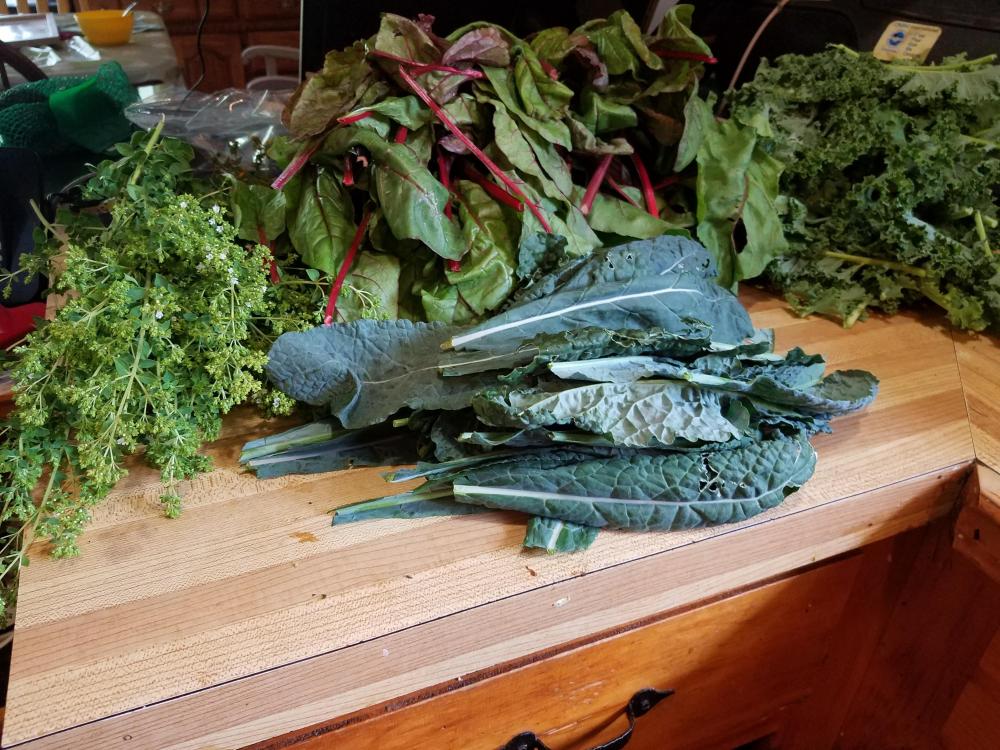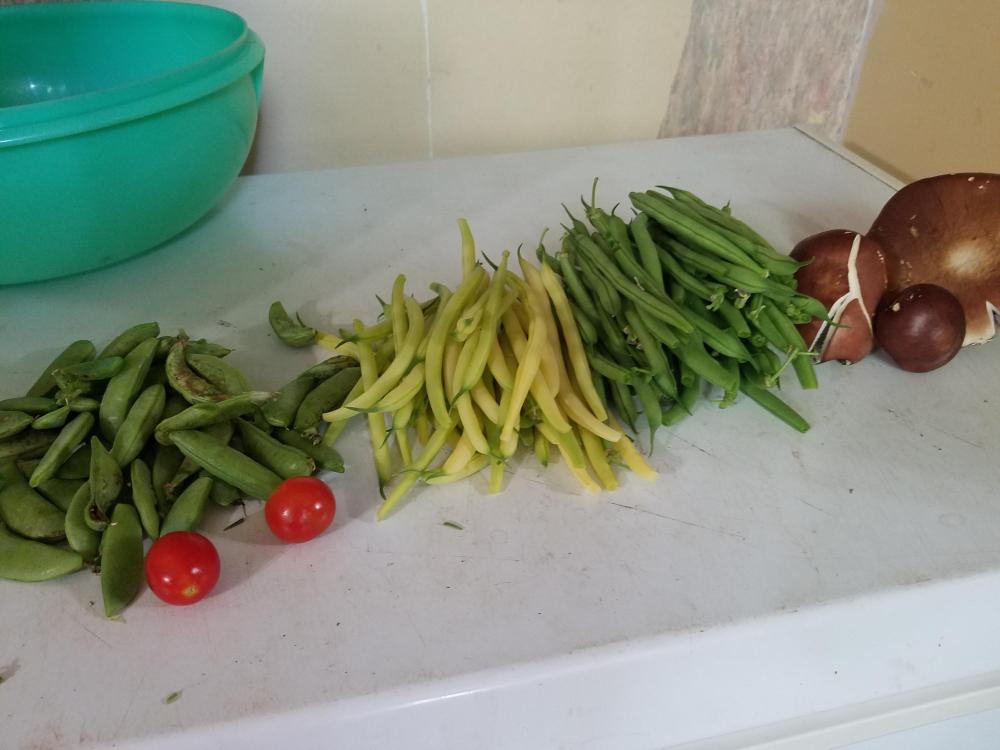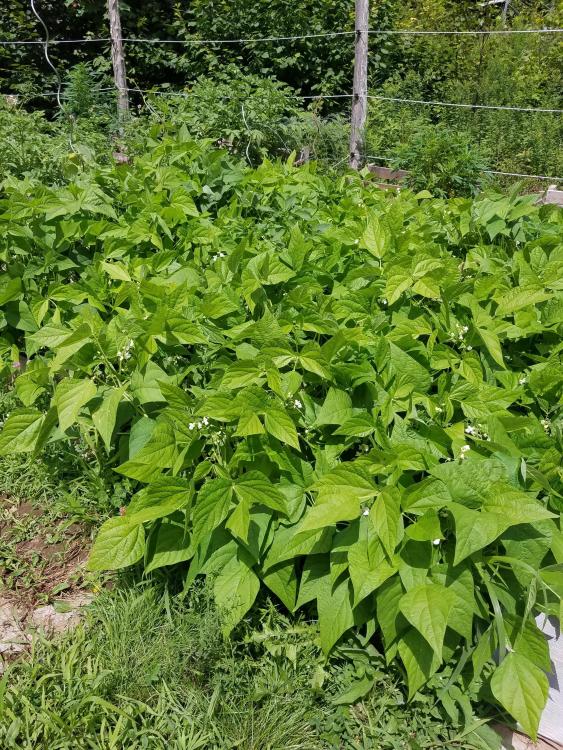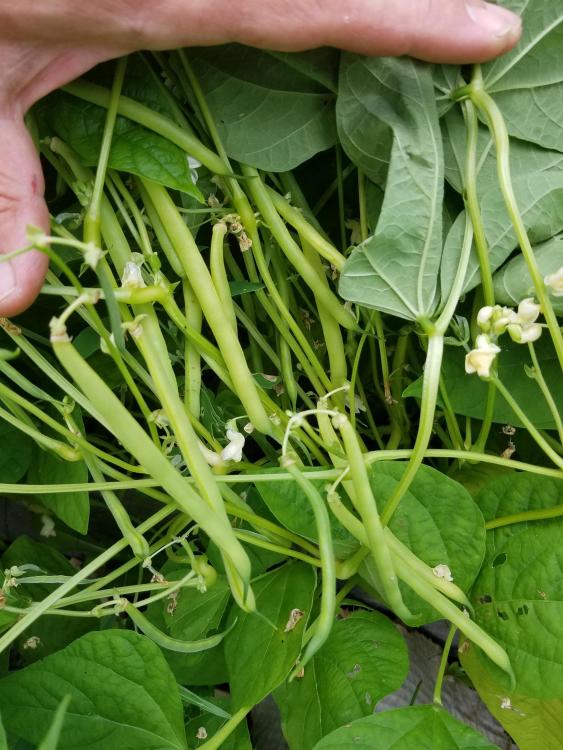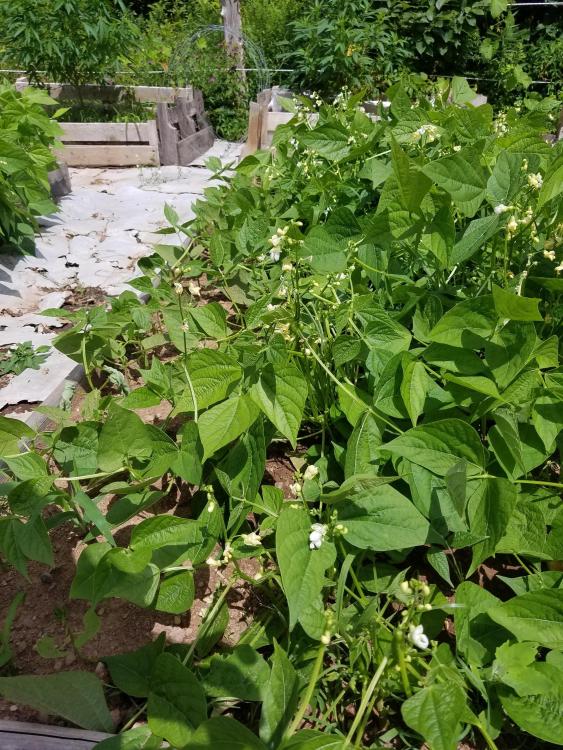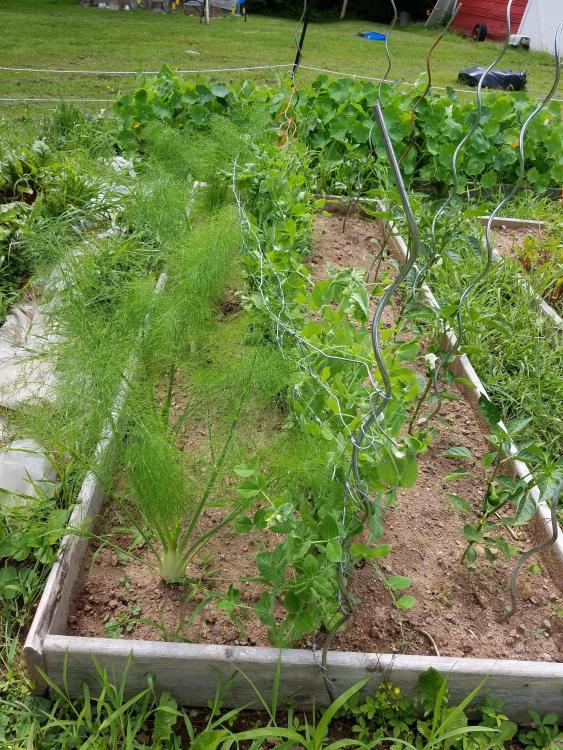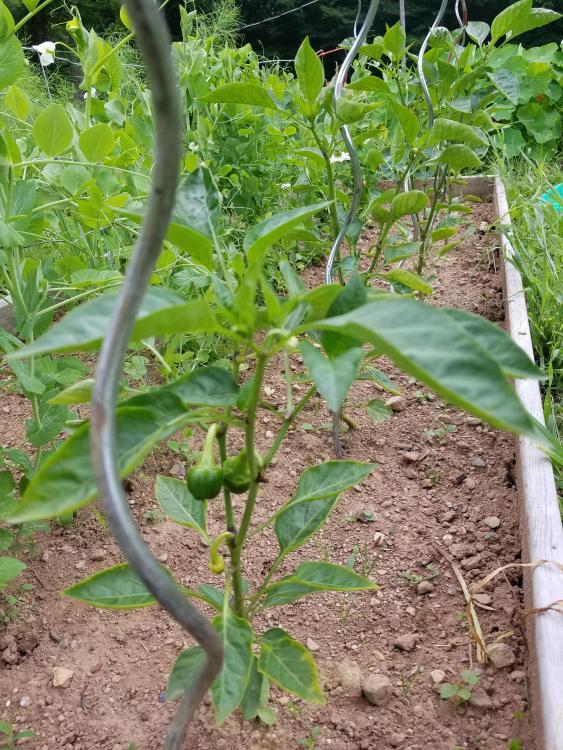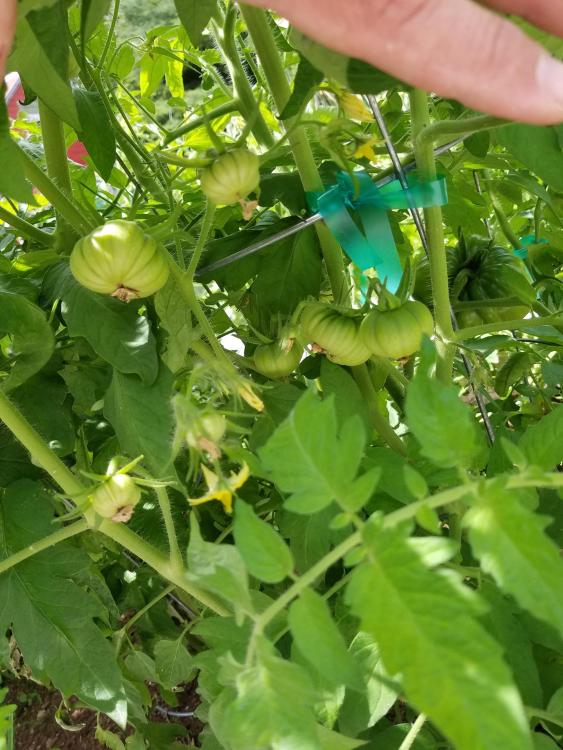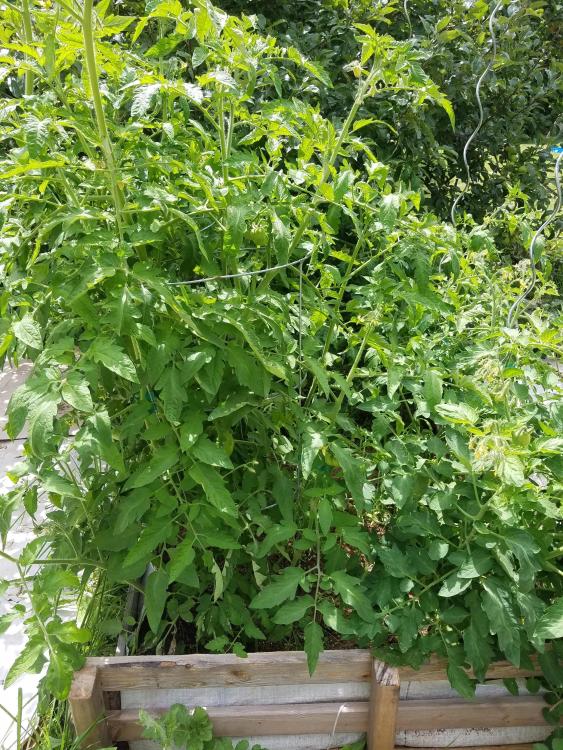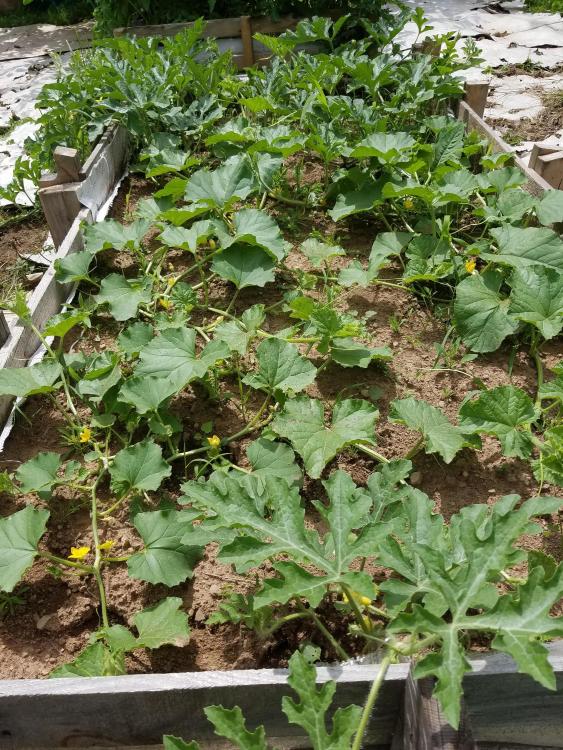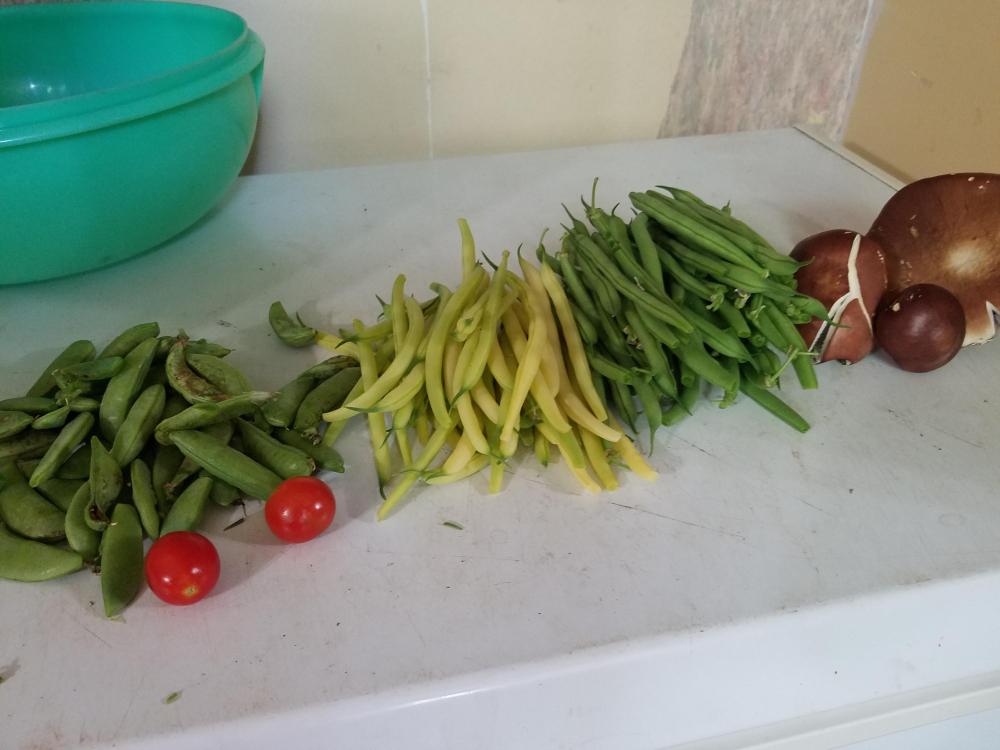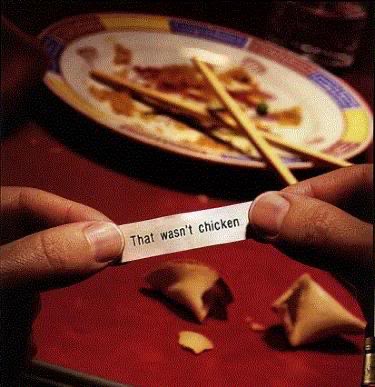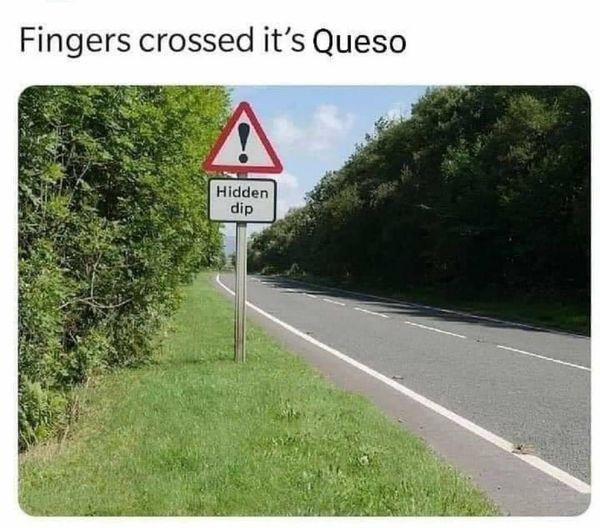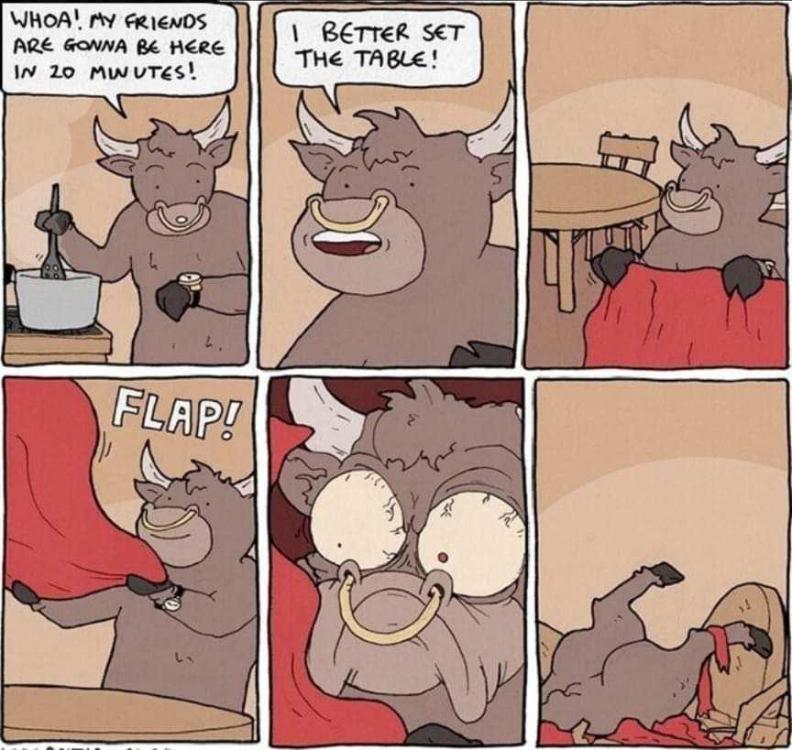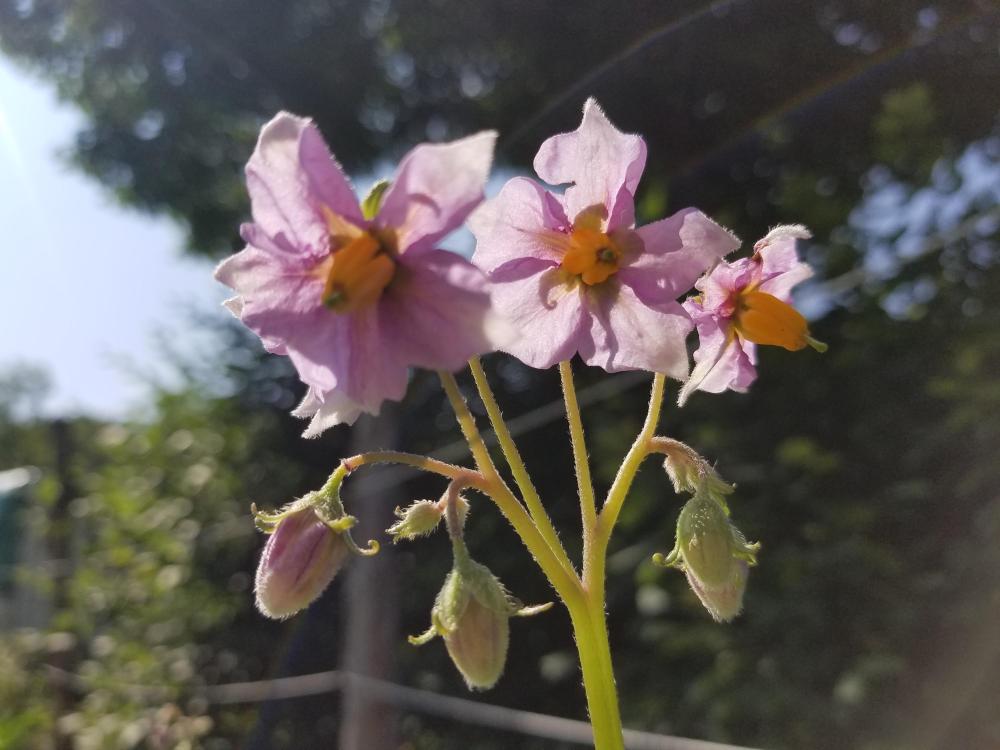-
Posts
6,306 -
Joined
-
Last visited
Content Type
Profiles
Forums
Store
Help Articles
Everything posted by chromedome
-
Beano helps break down the indigestible oligosaccharides in legumes. That's probably not of much use with bell peppers. I don't have that same issue with bell peppers (of any colour) but some brands of hot dogs will give me those recurring flavour-burps for a full day afterwards.
-
The official GI database at the University of Sydney used to list it with a GI of 54, but it's not currently on the database. Usually when that happens, it's because there's some question of accuracy/reproducibility in the underlying research. Other sources claim even lower GI, but they're mostly of the self-interested variety. It seems reasonably safe to assume that its GI is in fact somewhat lower than conventional sugar, but an exact number may take a little while to stabilize. Of course everybody's system is different, and the GI recorded in one or another test subject won't necessarily correspond to the same food's impact on your own body. You could always eat 100g of it and then test your blood glucose, I suppose, but that's going to be a bridge too far for most of us.
-
Yeah, shouldn't be long now. It was Monday night when I took the photos of my last bean harvest, which was every bean I could find that was ready to go. Last night (ie, 48 hours later) I went back through the beds and picked 3 pounds of them, just about exactly (a smidge over, at just under 1400 g). I expect to do that every other day or so for the next several weeks, which should fill my freezer pretty nicely. My snap peas are also about done, but my shelling peas are on the verge of being ready. Greens are still going well, and I harvested my first small head of broccoli last night. Garlic is due to come out tonight. Will probably post more later, with some fresh pics.
-
You need to get them when they're dead-ripe, past purple and almost black. They'll still be tannic, but sweet enough to balance it out. Even at that stage they're not to everyone's taste (as, indeed, is the case with big red wines), and there's a lot of variation from one tree to another. On our favorite walk in the old neighbourhood we'd pass hundreds of chokecherries, but a few trees were much better eating. They do make very nice not-too-sweet jams and jellies, and surprisingly good wine. ETA: There's a lookalike which has its berries spaced out a little further on individual stems, as opposed to chokecherries which tend to hang in clusters. Those are seriously bitter/astringent, though apparently some people still make jam out of 'em.
-
I'd suggest cutting off a small piece, once it's thawed, and cooking it quickly in a pan or the microwave so you can perform a taste test. If it was well sealed and the bags were of good quality, there's a reasonable possibility that the fish is fine (I've had some that old, or older, and it was not at all freezer-tainted). Obviously each case is different (freezer temp, what was stored alongside, etc) but I wouldn't leap straight to a "mask the flavor" scenario without checking first. Why limit your options until you have to?
-
Saw this paper while I was having lunch: "Human microbiome myths and misconceptions," published in Nature Microbiology a few days ago. Properly speaking this is more digestive-system related than actual food science, but the two are inextricably linked. I've been keeping an eye on the microbiome research for a couple of decades now (ever since the internet made it practicable to do so without subscribing to medical journals) and I've come across most of these at one time or another. https://www.nature.com/articles/s41564-023-01426-7.epdf?sharing_token=_RzixqLSHgY8R9kL6FsKXNRgN0jAjWel9jnR3ZoTv0MtUJKrqQX_wY1o8_YeHDle4kG1pmdR7fgd4qut1d-o2Qabv6PduxdC5R2hJtZM_x_U8cNxa__3ncGS7-sw49-75JmIMCIsjO0FE2SmDZkvGhX7VO05fjKlkfusG6EZp9euTVDUcXPLroWEtRSL8mEb
-
LOL It's an interesting strategy, but we're happy to have you back in any case. I often wonder how you're doing.
-
The goal is to eat from the garden as much as we can, while in season, but also to fill our freezers for winter. A couple of years ago I'd managed to blanch and freeze about 30 pounds of kale, chard, etc for the winter, which carried us through until the new crop was almost ready. I hope to meet or exceed that, this year. The green and yellow beans freeze reasonably well, but I'll probably also can and pickle some (I have a pressure canner). We have three dehydrators kicking around, all of them relatively small but in total they'll do for drying herbs and suchlike. I'll be canning a lot of tomatoes by late summer, and probably making and canning/freezing some tomato sauce, and may dry some as well. I try to zero in on things that we eat a lot of, and that are relatively pricey in stores here (the greens, the tomatoes, the beans, the peas, etc). That gives us the bang for the buck. I grow a small quantity of potatoes and carrots each year, because I like them garden-fresh, but they're grown here in quantity (ditto cabbages and winter squash) so I don't give them a lot of garden space because they're cheap and plentiful year-round. Mushrooms were a new thing this year, and results so far have been mixed (the winecaps and lion's mane are doing well, the oysters not so much). I don't delude myself we're going to be self-sufficient in any meaningful way from such a small garden and the modest time I can invest in it, but ideally what we save in store-bought produce will offset the cost of my gardening compulsion and maybe leave us slightly farther ahead financially.
-
https://asteriskmag.com/issues/02/read-this-not-that-the-hidden-cost-of-nutrition-misinformation
-
The fun part of being away for (most of) a week is prowling the garden once I get back, to see how things are coming along. Yesterday was the first of what I'd consider a typical high-summer harvest, with lots of chard/beet tops, kale, and the first big meal from my jungle of bush beans. Also we're starting to get a few winecap mushrooms from the small bed we'd inoculated (on a substrate of wood chips). These are the greens (that's oregano on the left, it was starting to bolt so I harvested a bunch of the flower stems to dry): ...and the beans, a few last snap peas, etc. There were actually a half-dozen cherry tomatoes, but I took a few straight in to my GF before taking the photo. Here's the aforementioned jungle of bush beans. I've planted them more densely this year to see how that works: last year I planted four rows in a 4-foot wide bed, this year six rows in a 3-foot wide bed. Once they hit their stride, the weeds didn't stand a chance. What you're seeing there is actually two beds with a walkway between them, though you can't really see the walkway. The nearer bed is planted with a yellow variety, Monte Gusto, and the farther bed with a green variety called Provider. They both bear heavily, and are currently just dripping with almost-mature pods. Today or tomorrow I'll go back through those beds and harvest 4 or 5 times what I got yesterday, and I'll do that for the next month or more. My French-style beans (Moscotte) were planted a bit later, and haven't caught up (you can see the original planting on the right, and the second planting on the left; I'd run out of seeds initially). A convenient thing with this cultivar is that the beans are borne above the foliage rather than beneath, which makes them easier to pick. My snap peas are just about done but my shelling peas are just hitting their stride, and I'll be harvesting those soon. That will make my GF happy; she's had a strangely specific fantasy from her earliest childhood of sitting in her rocker shelling a bowl of peas while surrounded by grandchildren who call her Granny. The peas are the only part she didn't have yet. I've been putting my peas down the middle of a bed, and planting other things on either side. This one has fennel to the left and bell peppers (Red Knight) to the right. The first peppers are starting to form. Tomatoes are coming along. These are my Black Krims. They're an indeterminate variety, and the tallest of them are now up to my eyebrows. These are melons; Sugar Baby (an "icebox" watermelon), and Halona (a cantaloupe). I don't know how they'll do, but I can cover them to extend their season when the time comes. So yeah, things are coming along. Probably going to harvest my garlic this weekend, it's looking about ready, and then I'll replant those beds in something else (I haven't decided yet what that will be; maybe cauliflower and a second planting of snap peas). I'll cut my first head of broccoli this week as well; it's pretty small but this cultivar generates a lot of side shoots if you harvest the central head early and ultimately gives a higher yield/plant. That wouldn't work for a commercial grower, but for me it's ideal. On a side note, for those who are interested, I interplanted my broccoli with marigolds this year because of their reputation for deterring the cabbage worm moth. It seems to be working; I've had to pick worms and hose eggs from my kale and cabbage but not (so far) from the broccoli.
-
On Saturday I was on my way to my aunt's birthday party in Nova Scotia, and stopped into a Sobeys (one of Canada's two main grocery chains) to pick up some potato chips as our contribution. As I walked in there was a couple standing in front of a big display of corn, packed in threes on styrofoam trays at $2.99 ea. The man was boggling at this and grumped that "A buck an ear is highway robbery!" "No," I told him, "It's...piracy." His wife/girlfriend got it right away and laughed, but it took him a few beats. What can I say, Dad Jokes 'R' Us.
-
I've had it on both coasts and it's very much the same experience. I've never been in a position to do a side-by-side comparison of equally-fresh specimens from each coast, given the obvious logistical difficulties, but I suspect the differences between species would be no greater than the individual variation between one specific fish and another.
-
Blueberries in milk was one of my favorite in-season childhood breakfasts. I still do that occasionally.
-
An update on this recall: https://recalls-rappels.canada.ca/en/alert-recall/various-brands-caffeinated-drinks-recalled-0?utm_source=gc-notify&utm_medium=email&utm_content=en&utm_campaign=hc-sc-rsa-22-23
-
SSS brand enoki mushrooms are being recalled for listeria (Ontario only, at this point). https://recalls-rappels.canada.ca/en/alert-recall/sss-brand-mushroom-enoki-recalled-due-listeria-monocytogenes?utm_source=gc-notify&utm_medium=email&utm_content=en&utm_campaign=hc-sc-rsa-22-23
-
Score!
-
Me too. Except for one of my cherry tomatoes, which has given us a few ripe ones already.
-
My GF went through a period (of a couple of years!) in childhood where she literally ate nothing but cake, and the usual kids' ration of candy and such. Her parents had both grown up hungry, and apparently reasoned that as long as her belly was full they were doing their job; and that sooner or later she'd snap out of it. What happened instead - predictably - is that she got very sick, and testing showed her to be badly anemic. When the doctor asked about her diet they answered truthfully (because, again, they saw no issue with it). Once the doctor realized that they were absolutely serious, and not just jerking his chain, he went off on her parents in incendiary fashion. She herself was so shocked at this (I think she was...9? 10? at the time if I've got the story right) that she meekly started eating rather than have that kind of tirade directed at her on a future visit. We've often speculated that the raft of health issues she deals with now have their roots in this period (and a later backsliding year of brownies and Diet Coke in her teens). It's funny how we all have our mental blind spots: I sent her a link to a study on the long-term health effects of eating disorders, and until that very moment it had never occurred to her that she'd had one as a child.
-
I dunno. We have 1/10 the population of the US, so 1/10 the number of people cranking such things out. Having had it, Dejah might be able to give you a best-guess combination of ingredients as a starting point. We know the woman's got some serious chops...
-
Yeah, the Nagano pork is exclusive to Sobeys up here (like the Sterling Silver beef that Ann T uses frequently). Rival chain Superstore "got there the first with the most" as far as premium store brands in our market, but Sobeys is catching up.
-
I feel that potato blossoms are not appreciated enough. These and several others are now living in a small vase beside my GF's desk.
-
I doubt it. The whole point of seasoning a pan is to coat it with a layer of polymerized lipids. There just aren't any in salt. It's a great tool for cleaning a pan once seasoned, but... it just makes no sense to push that as a seasoning method. So strange. (Please understand, I'm not dunking on you. Given two methods for a specific task, one of which is messy and smelly and one of which is not, I might also have opted for the cleaner, simpler option.)






